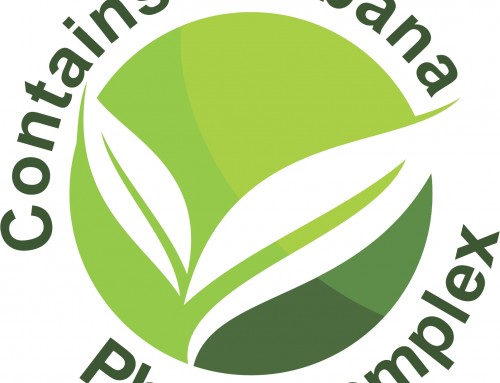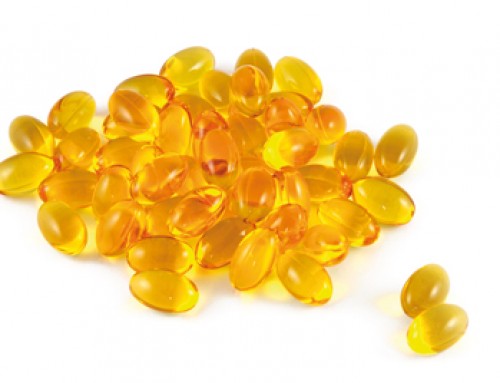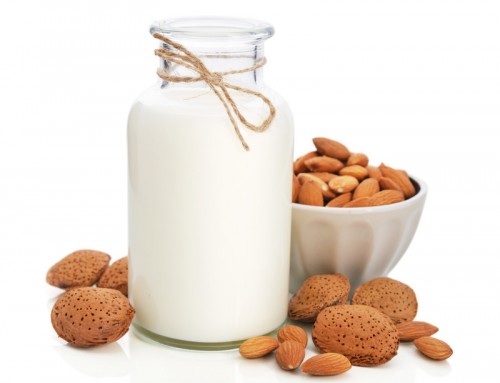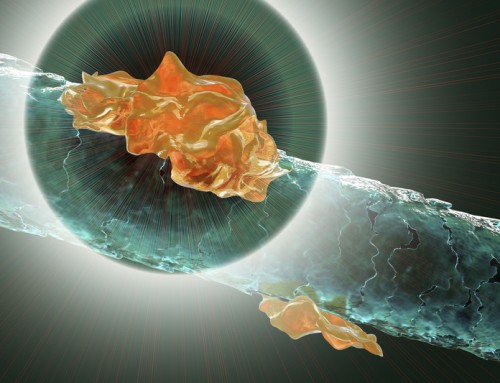LEXICON OF FEATURED PLANT EXTRACTS – BENEFITS AND USAGE?
DID YOU KNOW - INTERESTING FACTS ?
Extracts in cosmetics are used as active ingredients, which give the products a certain desired effect on the skin. Extracts are most often in liquid, dry or paste form. There are many active ingredients in plants and these works in different ways. For example, tea infusion is the most known water-soluble active ingredients mixture. Most of the plant substances are soluble in other solvents such as alcohol, which is traditionally used to prepare plant tinctures. Oily macerates are widely used e.g. different plants soaked in oil.
New extraction techniques, such as CO2 extraction, are used to produce extracts, especially for the entire lipid portion of the plant. Among the plant extracts are also essential oils and hydrolates, which are actually a selective extract of the volatile part of the distilled plant.
Usage of plant extracts requires cautious because excessive use does not always brings better effects. For a specific effect, exactly the right concentration of the extract is required, similar as in pharmacy. Excessive quantities can have the opposite effect. Some plants also contain allergens that trigger unwanted reactions on the skin. It is necessary to be educated on the performance and potential adverse effects of plant active ingredients before usage of plant extracts in diet or in cosmetics.
POT MARIGOLD (Calendula officinalis)
Family: Asteraceae
Calendula extracts stimulate granulation, enhance formation of cell tissue, accelerate wound healing and have anti-inflammatory and pain killing effects. They are used to cure decubitus, burns, eczema, bee stings, swelling and inflammation. It is beneficial for varicose veins and hemorrhoids. It is also often found in the products for gargling against inflammatory changes in the mucous membranes in the mouth and throat.
COMMON NETTLE (Urtica dioica)
Family: Urticaceae
Common or stinging nettle contains several chemicals that have pain-relieving and anti-inflammatory properties and is used in anti-ulcer preparations and conditions such as arthritis. In cosmetic preparation nettle extracts relieves skin irritations, neutralizes dandruff, cleans pores and hair follicles, kills bacteria, stimulates cell regeneration processes, makes hair thicker, healthier and shiny, helps restore natural hair color and is effective to regulate sebum in oily skin and scalp.
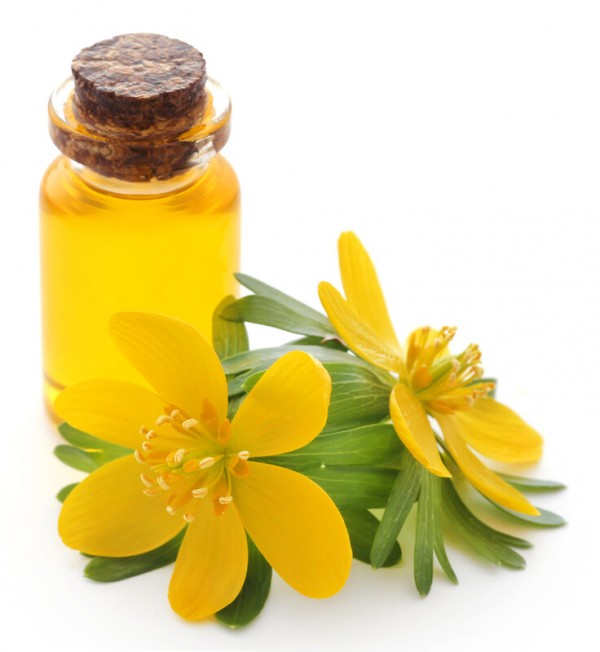
ST. JOHN'S WORT (Hypericum perforatum)
Family: Hypericaceae
St. John´s Wort is the best known natural antidepressant since its extracts significantly improve mood, decrease anxiety, and reduce insomnia and somatic symptoms related to depression. It is very common in cosmetic preparations because of the wound healing effect, skin-calming after sunburns, inhibition of microorganisms, and the treatment of impure skin. The primary phytochemical constituents of St John’s wort are hyperforin and hypericin. Extra caution is needed when using St. John´s Wort preparation, especially orally since it may induce either primary or secondary photosensitization.
GERMAN CHAMOMILE (Matricaria chamomilla)
Family: Asteraceae
German chamomile is used in herbal medicine for a sore stomach, skin care, irritable bowel syndrome, and as a gentle sleep aid. It is also used as a mild laxative and has an anti-inflammatory and bactericidal effect. Chamomile is excellent for conditions such as dry skin, eczema, and psoriasis because of its ability to neutralize skin irritants and its anti-itch and anti-inflammatory properties. Flavinoids in chamomile soothe the skin and improve the speed at which damaged skin heals.
COMMON COMFREY (Symphytum officinale)
Family: Boraginaceae
In ancient times the use of comfrey was referred to as its usefulness for mending bones. Latin name Symphytum (from the Greek symphis, meaning growing together of bones, and phyton, a plant). It was used as a remedy in the form of wraps in case of bone breaks and bruising. Comfrey contains mixed phytochemicals in varying amounts, including allantoin, mucilage, saponins, tannins, pyrrolizidine alkaloids, inulin, and proteins, among others. Nowadays it is used in folk medicine externally in healing preparations for bumps and bruises, varicose veins, and to heal minor burns. Comfrey is reported to cause serious liver problems if taken internally in larger amounts and over a long period. It is not recommended to take it as a dietary supplement or tea.
COMMON THYME (Thymus vulgaris)
Family: Lamiaceae
Extract is benefical for supportive treatment of acute and chronic diseases of the upper respiratory tract such as bronchitis, whooping cough and catarrhs. The product is often used as part of oral hygiene products, deodorants, shampoos and hair balms (anti-dandruff preparations) because of its antibacterial properties.
ARNICA (Arnica montana)
Family: Asteraceae
Extract demonstrate analgetic, anti-arthritic, antibacterial, anti-inflammatory, antiseptic and antiplatelet properties. The therapeutic use of arnica flower preparations is for the treatment of bruises, contusions, dislocations, hematoma, muscle soreness, backache, cramps, sprains, fibrositis, relief of muscle and joint pains and stiffness. It has blood circulation-enhancing effect and thus it is well suited for treatment of venous insufficiency. Recent studies in the field of chronic and age-related diseases prove the good efficacy in case of rheumatic and inflammatory conditions e.g. osteoarthritis.
LINDEN (Tilia platyphyllos)
Family: Tiliaceae
The flower brings relief to colds and flu by reducing nasal catarrh and soothing fever. Bud extracts are rich in growth substances such as phytohormones, proteins, and sugars. Linden shampoos and hair products are very popular as extracts show very significant hydration, coating and smoothing effect on hair and scalp.
EVERLASTING - IMMORTELLE (Helichrysum italicum)
Family: Asteraceae
It has been used internally for stomach issues, such as the upset stomach, loss of appetite, gallbladder and liver disorders. Plant extract and essential oil are very popular in natural cosmetics since it has an anti-aging effect. It is used in general as an emollient and moisturizing oil that can help reduce the appearance of age spots, fine lines and wrinkles, and even the appearance of skin tone and texture.
TRUE LAVENDER (Lavandula angustifolia)
Family: Lamiaceae
It is used internally against digestive problems, to relieve pain from headaches, as a calming aid, and against sprains, toothaches, and sores. It can also be used to prevent hair loss. Lavender oil is believed to have antiseptic and anti-inflammatory properties, which can help to heal minor burns and bug bites. It is also commonly used in fragrances and shampoos to help purify and tone the skin.
HORSE CHESTNUT (Aesculus hippocastanum)
Family: Sapindaceae
The most important active substance is beta-escin, which is a mixture of triterpene saponins and is found in wild chestnut seeds. Preparations with wild chestnut extract are used externally (on the skin) or orally. Escin enhances the tone of the venous walls and reduces capillary fragility and permeability. This reduces swelling, speeds up blood circulation, and improves metabolism in the affected tissue. This results in less sensation of heaviness and fatigue of the legs resulting from blood congestion in the veins of the legs. Wild chestnut preparations are a suitable complement to the treatment of varicose veins using compression socks or elastic bandages. The preparations also accelerate the elimination of bruising due to impact or after infusions and injections.
COMMON DANDELION (Taraxacum officinale)
Family: Cichoriaceae
It is one of the most useful medicinal plants, as all parts are effective and safe to use. It is one of the best herbal remedy for liver and kidney complaints. The root is a mild laxative, diuretic, and bitter tonic, valuable for treating dyspepsia and constipation. Leaves are also used as a diuretic but unlike conventional diuretics, dandelion does not leas potassium from the body since it is rich in potassium.
SAGE (Salvia officinalis)
Family: Lamiaceae
Sage is one of the best-known remedies for colds, sore throats, and for infected gums and mouth ulcers. It is most often used as tea or tincture. Caution is needed when drinking tincture since prolonged use may have mild toxic effects. It also helps with many skin conditions and is bactericidal. Its strong odor helps neutralize the unpleasant smell and it is offered added to deodorants and anti-sweat products.
Herbana uses only the finest plant extracts in its products with all the necessary certificates, analyzes and known origin. All certified by modern internationally recognized ECOGEA standard.

